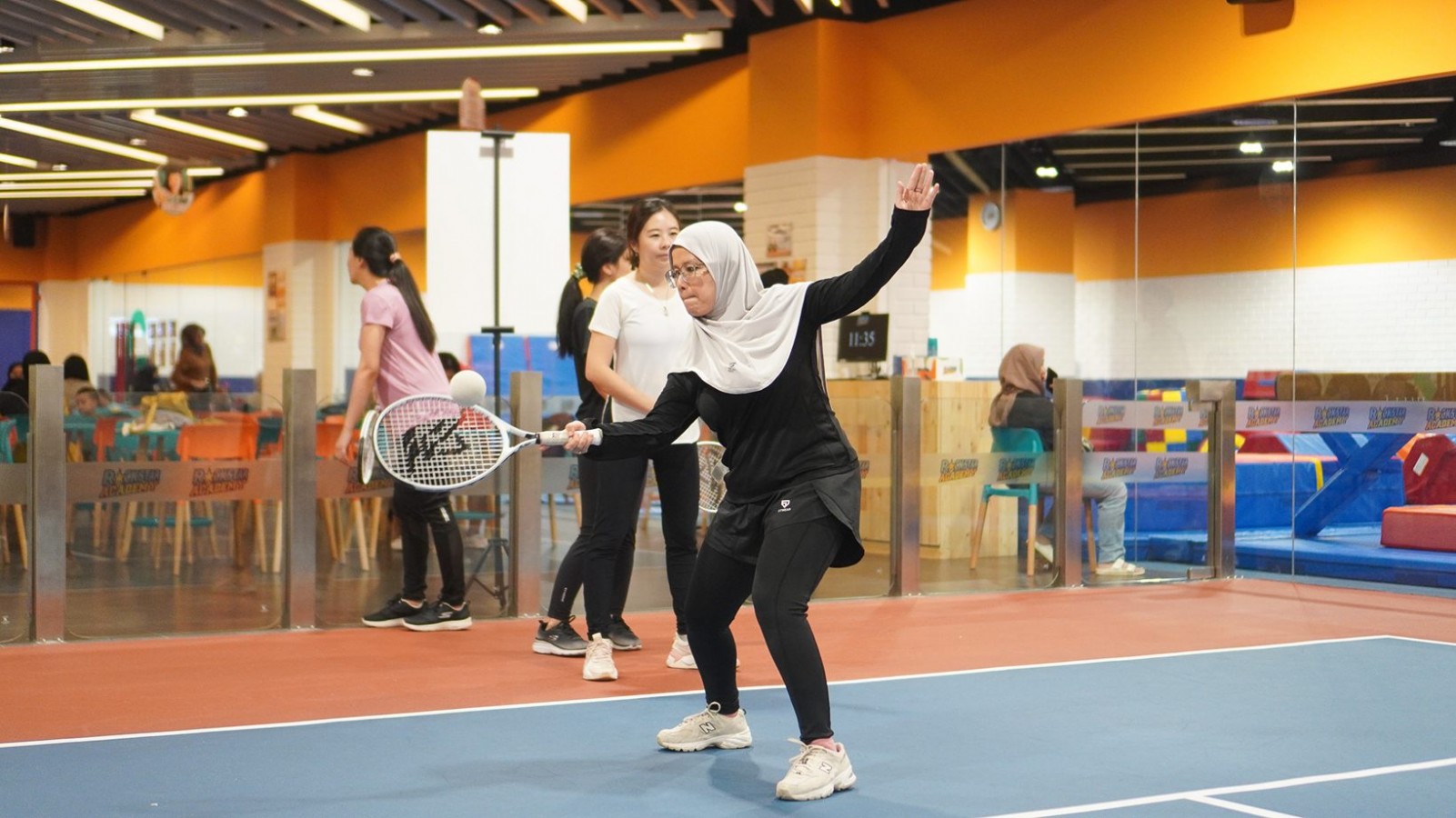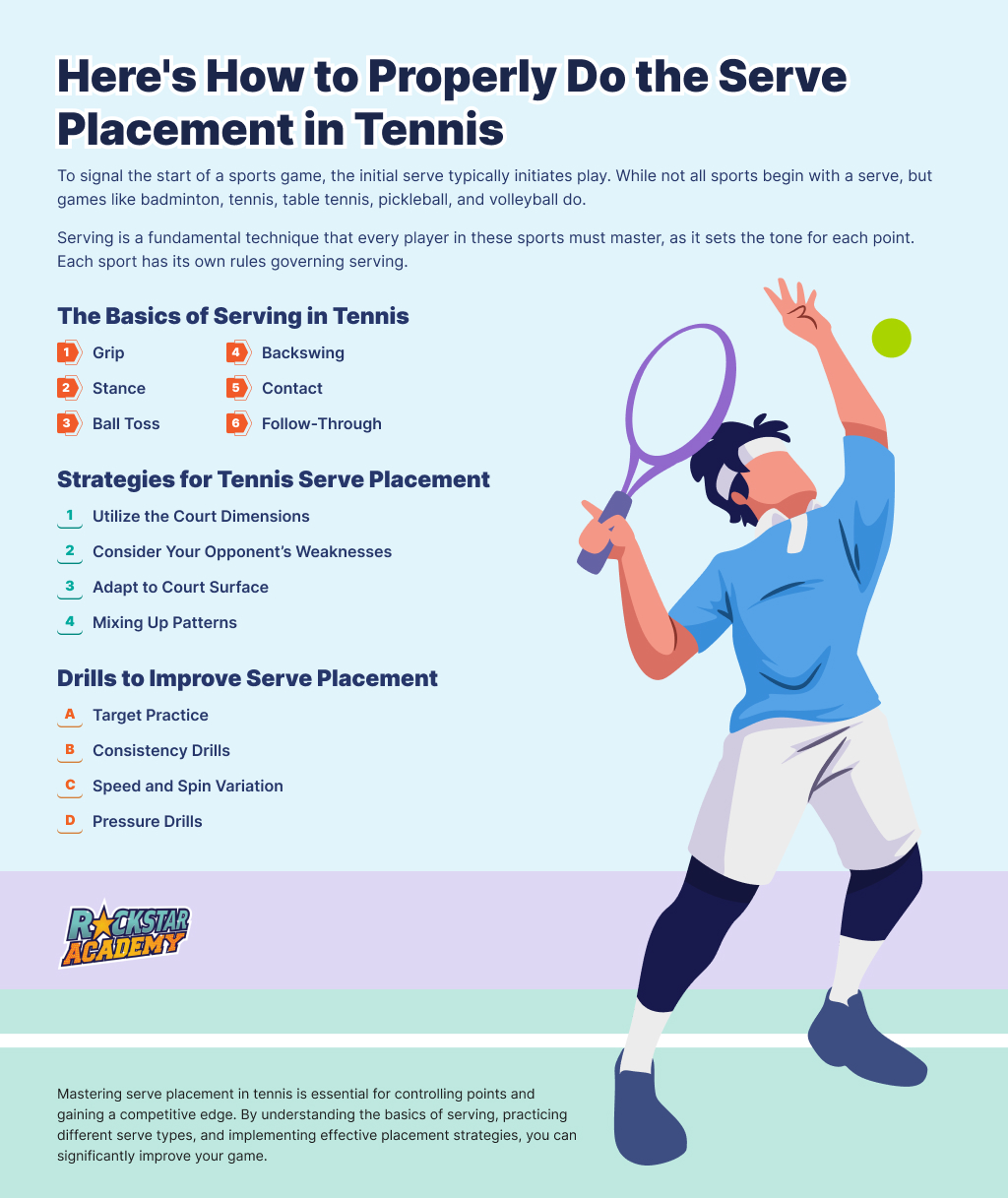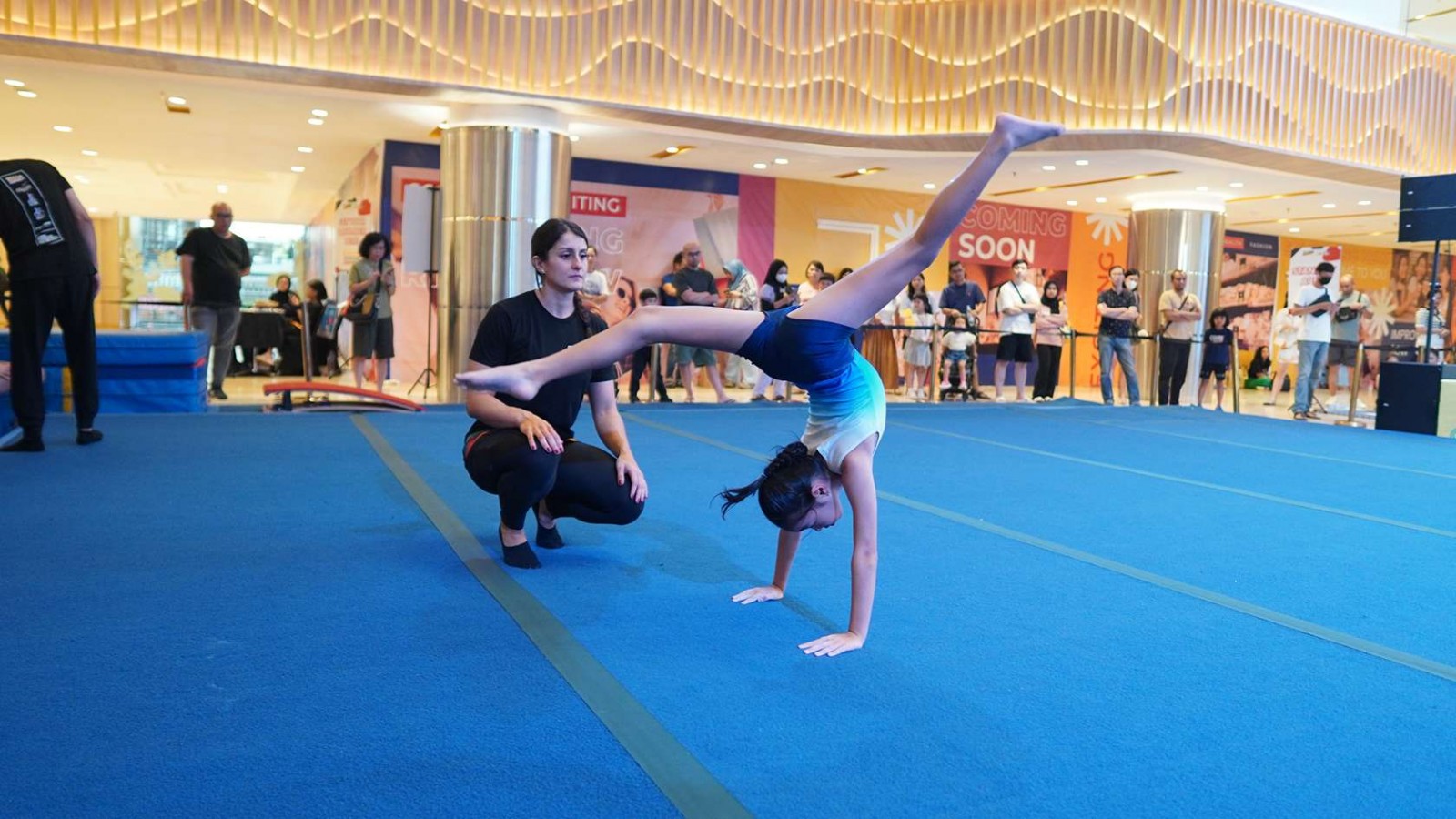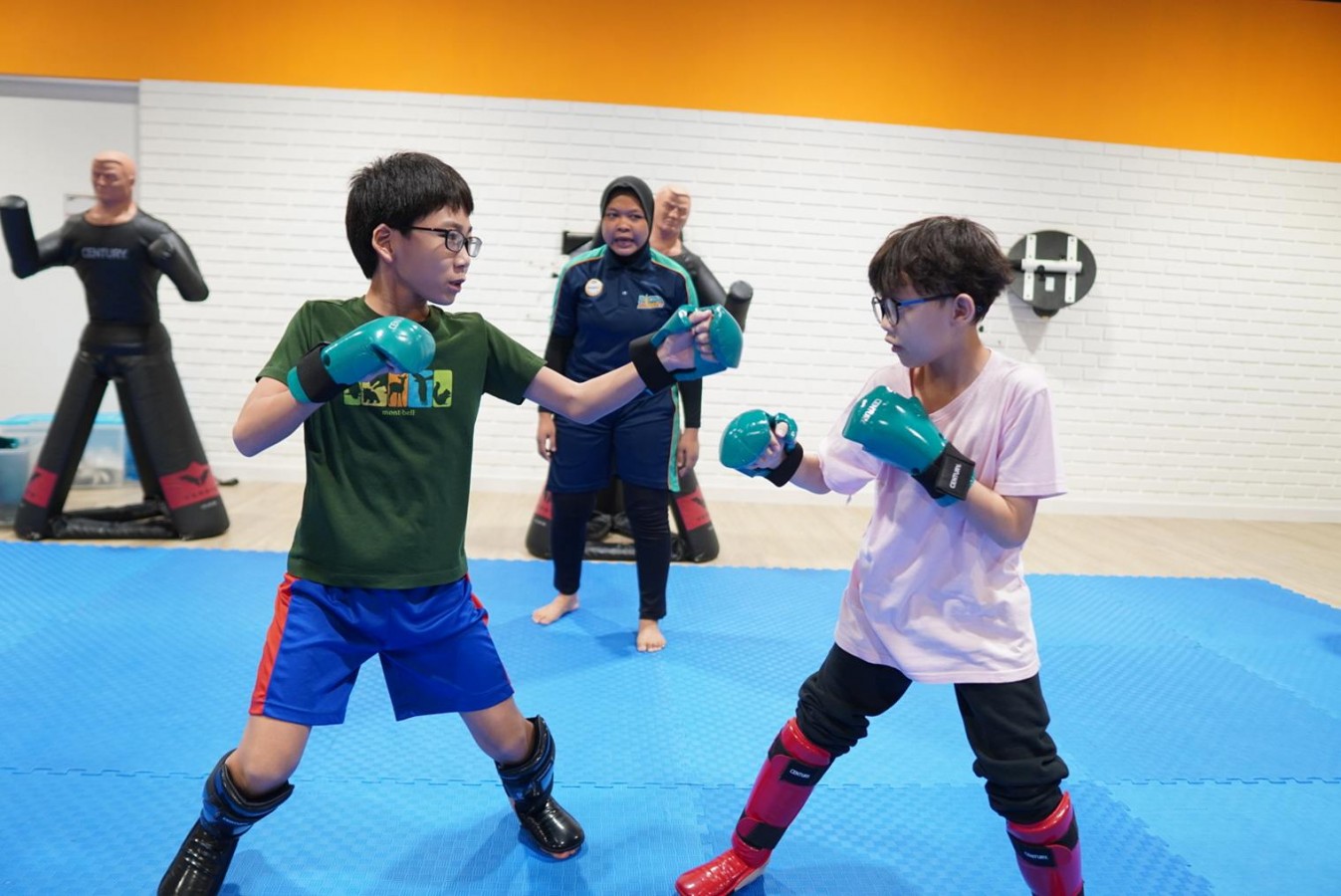Here's How to Properly Do the Serve Placement in Tennis

To signal the start of a sports game, the initial serve typically initiates play. While not all sports begin with a serve, but games like badminton, tennis, table tennis, pickleball, and volleyball do.
Serving is a fundamental technique that every player in these sports must master, as it sets the tone for each point. Each sport has its own rules governing serving. This article will focus on tennis serve placement. Keep reading if you're eager to learn how to gain points quickly in a tennis game!
The Basics of Serving in Tennis
Before practicing serving, the most important thing to learn is of course the basic serve. You must know which position is correct when serving, the grip technique used, to get maximum results. Here's basic serving in tennis:
1. Grip
Use the continental grip, where the base knuckle of your index finger is positioned on bevel 2 of the racket handle. This grip allows versatility in generating both power and spin.
2. Stance
Stand sideways to the baseline with your non-dominant foot pointing towards the net and your dominant foot parallel to the baseline. This stance helps in maintaining balance and positioning for an effective serve.
3. Ball Toss
Hold the ball in your non-dominant hand and toss it upwards with a slight forward trajectory. The ball should reach its peak slightly in front of your body.
4. Backswing
As you toss the ball, your racket should drop behind your back in a circular motion, preparing to strike.
5. Contact
Extend your arm fully and hit the ball at the highest point of your toss with a flat racket face for a flat serve or a slightly angled face for spin serves.
6. Follow-Through
Allow your racket to follow through the motion, ending near your non-dominant side’s hip. The follow-through should end near your non-dominant side's hip, indicating a complete stroke.
Effective Serve Placement
After mastering how to serve, players must know where to place the right serve. This is to make it difficult for the opponent to return the ball and open up our chances of getting points. Here are some effective serve placements that you can apply when playing:
A. Down the T
Serving straight down the center line. Ideal for surprising opponents and reducing their angle of return.
B. Wide Serve
In tennis, a "wide serve" refers to a serve that is directed towards the outer edges of the service box, away from the center and towards one of the sidelines. It is effective for pulling opponents off the court and creating open spaces.
C. Body Serve
In tennis, a "body serve" refers to a serve that is directed towards the opponent's body rather than towards the corners of the service box. The intent of a body serve is to crowd the opponent, making it difficult for them to react and position themselves for an effective return.
Strategies for Tennis Serve Placement
Effective serve placement in tennis can significantly impact the outcome of a point, game, or even a match. Here are several strategies and considerations for optimizing your serve placement:
1. Utilize the Court Dimensions
Serving wide forces your opponent to stretch and reach for the ball, often pulling them out of position and creating an open court for your next shot. This strategy is particularly effective in singles, where it can open up the court for a cross-court or down-the-line follow-up shot.
2. Consider Your Opponent’s Weaknesses
If your opponent has a weaker backhand, you can strategically aim your serves to exploit this vulnerability. Serving wide to the backhand side can force errors or weaker returns, allowing you to take control of the point.
Varying the speed and height of your serves can also keep your opponent guessing and prevent them from settling into a rhythm. A combination of flat serves, kick serves, and slice serves can add unpredictability to your game.
3. Adapt to Court Surface
On clay courts, where the surface slows down the ball, using spin and placement becomes crucial. Kick serves that bounce high and wide can be effective, as they create a steep angle and bounce that is challenging to return.
But on grass courts, where the ball skids through more quickly, flat serves and slices that stay low and move away from your opponent can be effective. Utilizing the wide serve to open up the court is also effective due to the surface's quick response.
4. Mixing Up Patterns
On your first serve, you might opt for a higher risk, higher reward placement strategy (e.g., going for an ace or a placement that forces a weak return).
While on the second serve, focus more on consistency and placement to avoid double faults while still setting up a strong position in the rally.
Drills to Improve Serve Placement
One way to improve a player's serve placement is of course with drills. Drills are usually focused on mastering a technique, but no matter how good the drills are if not done regularly and hard work, the results will not be seen. Here are some drills to improve serve placement:
A. Target Practice
Place cones or markers in different areas of the service box and practice hitting them consistently.
B. Consistency Drills
Focus on serving one area repeatedly until you can hit it accurately multiple times in a row.
C. Speed and Spin Variation
Practice serving with different speeds and spins while maintaining control over placement.
D. Pressure Drills
Simulate match conditions by practicing serve placement under time constraints or with a scoring system.
Mastering Tennis Serve Placement With Rockstar!
Mastering serve placement in tennis is essential for controlling points and gaining a competitive edge. By understanding the basics of serving, practicing different serve types, and implementing effective placement strategies, you can significantly improve your game.
Observing professional players and incorporating their techniques into your practice can provide valuable insights. For optimal results, consider private training with a certified instructor or trainer who can correct any mistakes and help you apply effective game patterns.
Rockstar Academy is the best Sports & Performing Arts Academy which consists of various physical activity classes for kids including touchtennis. At Rockstar Academy, our tennis classes cater to a diverse range of ages and skill levels through our comprehensive touch tennis program.
Students will engage in a blend of group drills, interactive games, and match play sessions, providing ample opportunities to apply newly learned skills. Our structured approach fosters friendly competition and cooperation among participants, encouraging personal growth and skill development.
Additionally, we also offer a free trial class for those interested in experiencing our coaching firsthand before making a commitment. So, make sure to sign up for it!

FAQ
How important is serve placement in tennis?
Serve placement is crucial as it can dictate the flow of the point, make it difficult for opponents to return, and create opportunities for winning shots.
What is the best serve for beginners to practice?
Beginners should start with the flat serve to build a foundation, then gradually incorporate topspin and slice serves as they become more comfortable with their technique.
How can I improve my ball toss?
Consistency is key. Practice your ball toss separately, ensuring it reaches the same height and position each time. Focus on a smooth, controlled motion.



